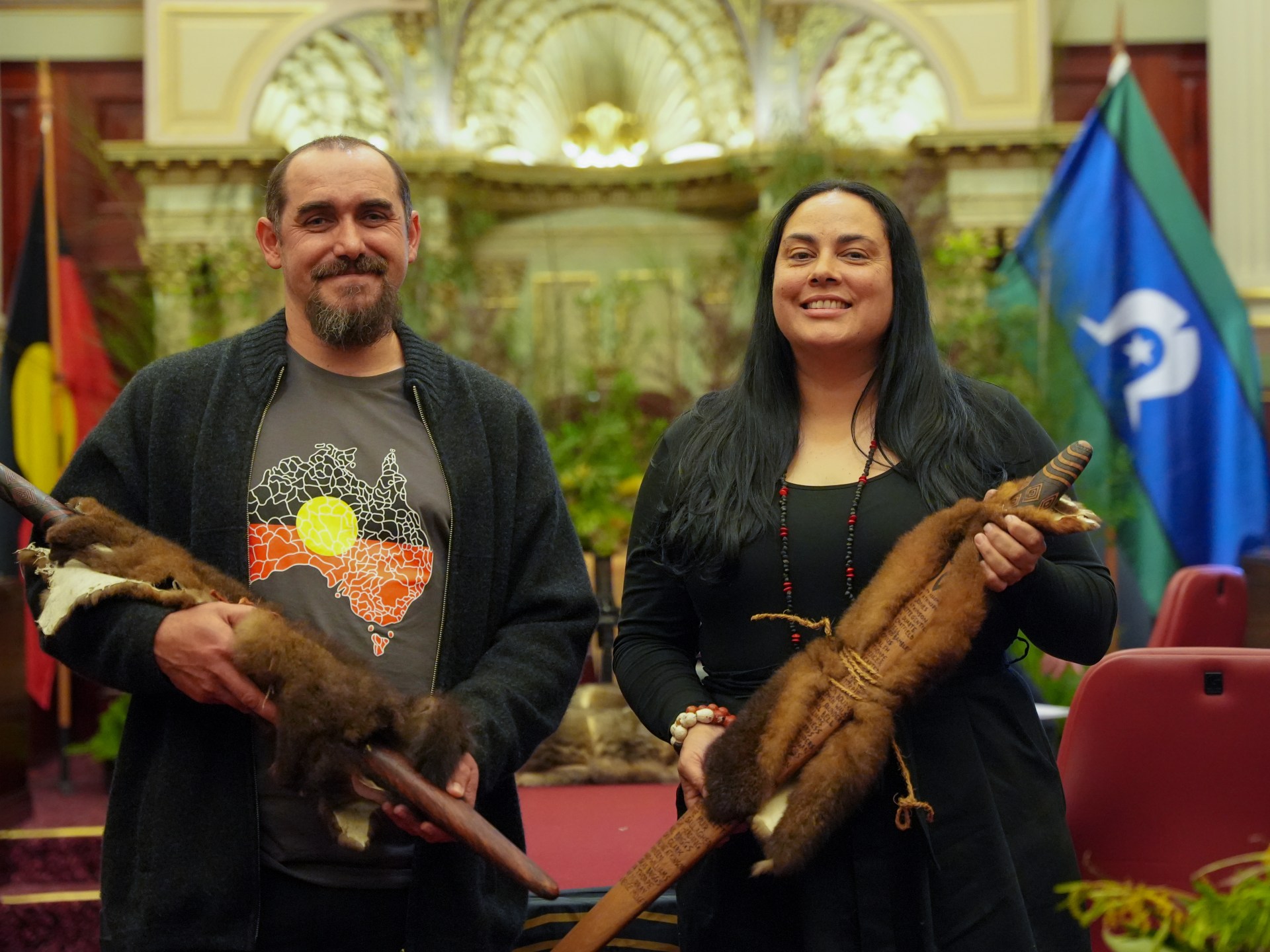New study reveals more on early ‘Hobbit’ humans in Indonesia’s Flores | Science and Technology News
Study shows ancestors of Homo floresiensis were even shorter and lived 700,000 years ago.
Twenty years ago scientists discovered fossils of an early human species that stood about 3.5 feet (1.07 meters) tall on the Indonesian island of Flores.
Now a new study suggests that the ancestors of the diminutive Homo floresiensis, nicknamed “Hobbits” after the fictional characters in The Lord of the Rings, were even shorter.
“We did not expect that we would find smaller individuals from such an old site,” study lead author Yousuke Kaifu from the University of Tokyo told the Associated Press news agency in an email.
The latest findings, published on Tuesday in the journal Nature Communications, follow the 2016 discovery of a tiny arm bone and teeth at a site called Mata Menge, about 72km (45 miles) from the cave where the first fossils were unearthed.
Analysis of the 88mm (3.5 inches) bone suggests the Hobbits’ ancestors were about 1 metre (3.3 feet) tall and lived some 700,000 years ago.
“They’ve convincingly shown that these were very small individuals,” Dean Falk, an evolutionary anthropologist at Florida State University who was not involved with the research, told AP.
Scientists have debated Homo floresiensis’s origins since the species was discovered in 2003.
The similarities between the Mata Menge fossils and Homo erectus fossils from Indonesia’s island of Java provide strong evidence that Homo floresiensis descended from that species, the researchers said.
“This means that Homo floresiensis experienced dramatic body size reduction from large-bodied Homo erectus, whose body size was similar to us modern humans,” Kaifu said, adding that the Flores fossils were most similar to Homo erectus fossils dating from 1.1 million to 800,000 years ago from Sangiran in Java.
Homo erectus first appeared roughly 1.9 million years ago, possessing body proportions similar to modern humans, but with a smaller brain.
“The discovery offers support to the idea that an evolutionary process known as island dwarfism tinkered with the genetics of a group of large-bodied Homo erectus that somehow made it from the continental landmass of Asia to the isolated island of Flores, perhaps one million years ago or more,” said archaeology professor and study co-author Adam Brumm of Griffith University’s Australian Research Centre for Human Evolution.
They reduced drastically in body size on Flores between about one million and 700,000 years ago, giving rise to Homo floresiensis, Brumm added.
“It is thought that the main reason for this size reduction over many generations is that being small has more advantages than being large on an island. Periodic shortages of food are most likely the main selective force toward smaller body size,” said University of Wollongong paleontology professor and study co-author Gerrit van den Bergh.
The fossilised bone discovered in Mata Menge was so small, that at first the international team of researchers thought it must have been from a child. A microscopic examination of a sample of the bone, however, showed it came from an adult.
Ten Homo floresiensis fossils, including some described in 2016, from at least four individuals – two adults and two children – have been excavated from sandstone at Mata Menge, along with stone tools.
Homo floresiensis went extinct not long after Homo sapiens arrived in the region.
“I think our species very likely was the culprit,” Brumm said. “This isolated lineage of archaic hominins seems to have existed on Flores for an extremely long time, and then it disappears not long after Homo sapiens is known to have established a presence in the region. That hardly seems a coincidence.”
Check out our Latest News and Follow us at Facebook
Original Source







